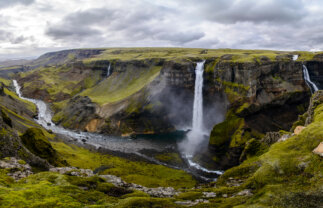
The Wonders of Iceland
Saturday 3 September 2022
It’s only a 3-hour hop from the UK to Iceland, but once you’re there it may soon feel like you’ve landed on another planet. Formed a ‘mere’ 25 million years ago out of a volcanic hotspot on the Mid-Atlantic Ridge, Europe’s youngest country is alive with natural forces, thrusting to the surface in the form of geysers, hot springs and bubbling mud pools. Its spectacular landscapes of brooding volcanoes, sweeping fjords and mighty glaciers are what makes Iceland nature tours so popular with UK travellers.
Historical Beginnings
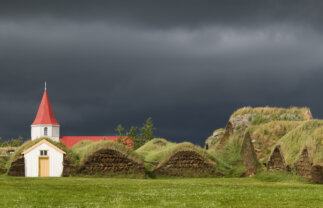
The Norse chieftain Ingolfur Arnarson, whose statue proudly dominates Reykjavik’s old town, is traditionally credited as Iceland’s founder after settling his family in the ‘smoky bay’ that gave the capital its name over a millennium ago. Iceland remained a dependency of Norway and then Denmark until achieving full independence in the 20th century. The National Museum of Iceland in Reykjavik is well worth visiting if you want to find out more about Iceland’s history, while the Skogar Museum on the south coast paints a vivid portrait of everyday life in bygone times through folk artefacts and a life-sized turf-house village.
Culture
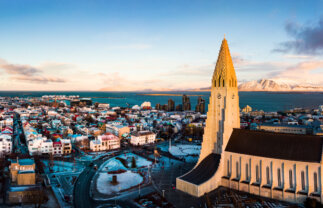
For a country with a population scarcely above 350,000, Iceland certainly punches above its weight culturally. Its children are brought up on the famous Icelandic sagas, which have inspired writers all over the world, including Tolkien. Reykjavik is a thriving modern city boasting a state-of-the-art concert hall (the Harpa) and an imposing central cathedral (Hallgrimskirkja), both of which were architecturally inspired by the basalt columns of Iceland’s coast. The church is well worth visiting for the spectacular views over the colourful city from its 70-metre-high tower. Outside Reykjavik, Iceland’s ‘northern capital’, Akureyri, is a beautiful town known for its many art galleries.
Thingvellir
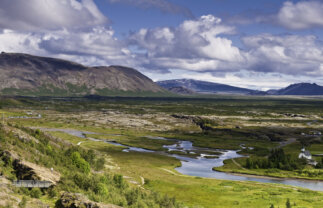
In 930, the Althing, a democratic assembly, was founded at the site of a rift valley just east of today’s Reykjavik on the crest of the Mid-Atlantic Ridge. Parliaments continued to meet there all the way up to 1800. Thingvellir, as the site is known, is now a national park that forms one of the Golden Circle attractions on many Iceland tours. Here, you can walk in the valley between the North American and Eurasian tectonic plates or even go deep-diving in the Silfra fissure.
Volcanoes
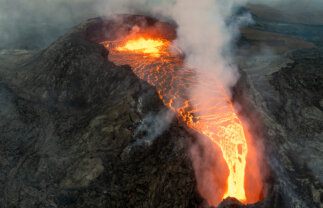
Iceland has over 30 active volcanoes, one of which, Fagradalsfjall, erupted as recently as August 2022, providing a dramatic show for tourists. More evidence of past volcanic activity is seen in the vast, moss-covered lava fields that line the south coast and in the black sand beaches such as the one at Vik. In fact, the latter is one of Iceland’s most photographed locations on account of the impressive basalt cliff and sea stacks on the shore edge.
Glaciers
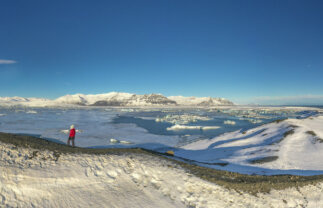
Iceland abuts the Arctic Circle, a fact which is reflected in its frosty climate and the glaciers that cover about a tenth of its land surface. Vatnajökull National Park, named after the country’s largest ice cap, is a great destination for adventure holidays in Iceland, with exhilarating glacier hikes and visits to the spectacular ice caves that form in the winter months. The adjacent Jokulsarlon glacial lagoon, with blue-white bergs floating in the serene water, is one of Iceland’s most iconic locations and a wonderful place for a boat trip.
Geysers
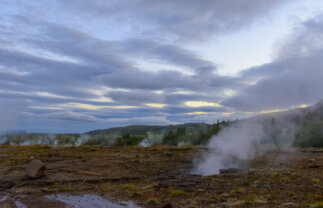
The Geysir Geothermal Area is considered as one of the essential stops on an Iceland tour and forms part of Golden Circle day trips. Although it was named after the Great Geysir, the latter is currently inactive and the area’s centrepiece is undoubtedly the Strokkur geyser, which shoots jets of boiling water 20-30 metres into the air every 5-10 minutes.
Hot springs
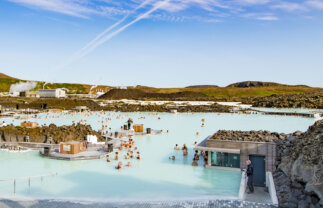
Iceland’s geothermal underbelly helps heat Icelandic homes, power crop-growing greenhouse centres and generate a quarter of the country’s electricity needs. You can experience this energy for yourself when you bask in the toasty waters of hot springs such as the famous Blue Lagoon near Reykjavik or the GeoSea sea baths in Husavik on the northern coast.
Waterfalls
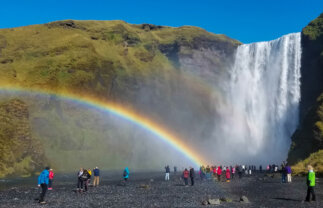
Iceland has countless waterfalls throughout the country, but there are some that stand out from the crowd. Gullfoss (‘Golden Fall’), regarded by many as the most beautiful of all, is part of the Golden Circle and therefore the best known. Skogafoss and Seljalandsfoss both feature on south coast tours, the latter having a path that allows visitors to walk behind the thundering cascade. Svartifoss (the ‘Black Fall’), located in the Skaftafell nature reserve, is distinguished by the dark basalt columns of the cliff over which it drops. Dettifoss, meanwhile, is Iceland’s most powerful fall in terms of the sheer volume of water plunging along its 100 metre breadth.
Wildlife
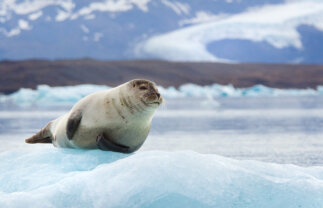
Iceland’s waters are frequented by various species of whales,including humpbacks, minkes and orcas. Whale watching trips go from several points on the island, including most conveniently Reykjavik, but the best excursions go from Husavik on the northern coast. Iceland is also home to seals and numerous seabirds, including puffins, with the largest puffin colony found in the Westman Islands off Iceland’s southern shore. Reindeers can be see grazing on the hillsides of the Eastfjords region, while the famous Icelandic horses are a common sight and can even be ridden on scenic hacks. Iceland’s only native mammal, however, is the Arctic fox, which is most commonly spotted in the Westfjords Peninsula.